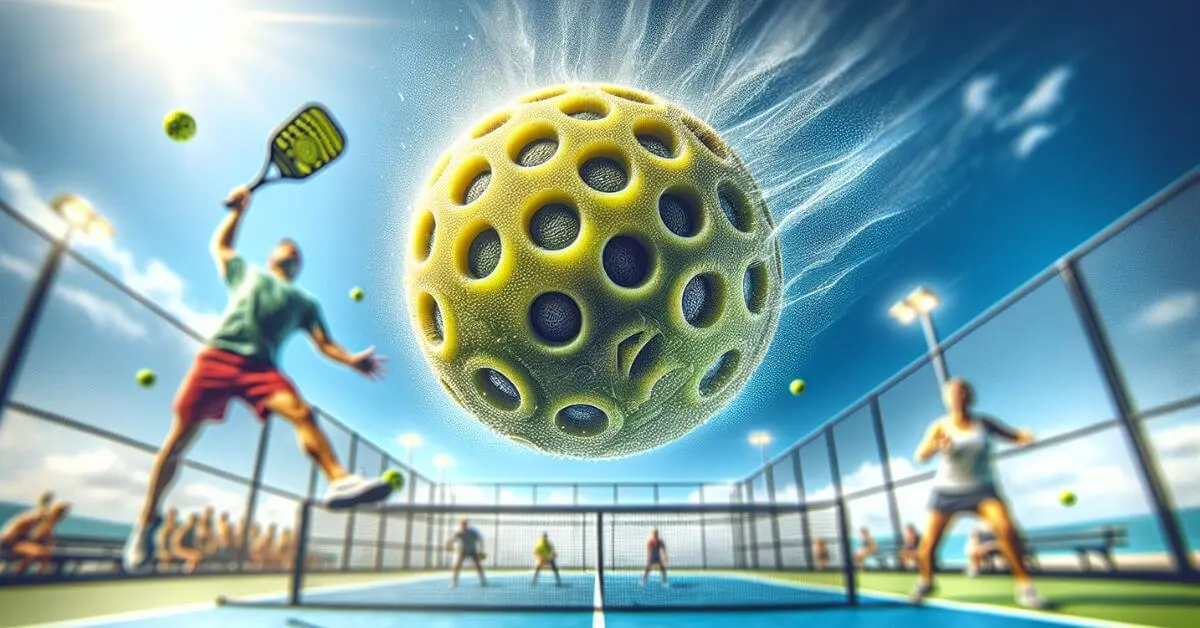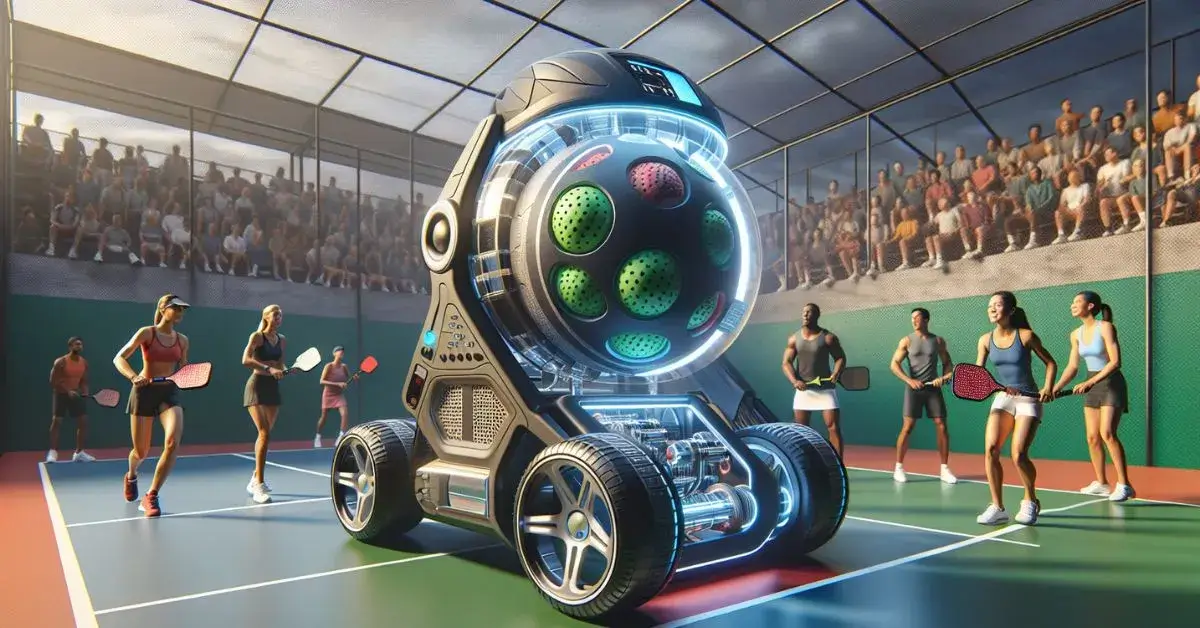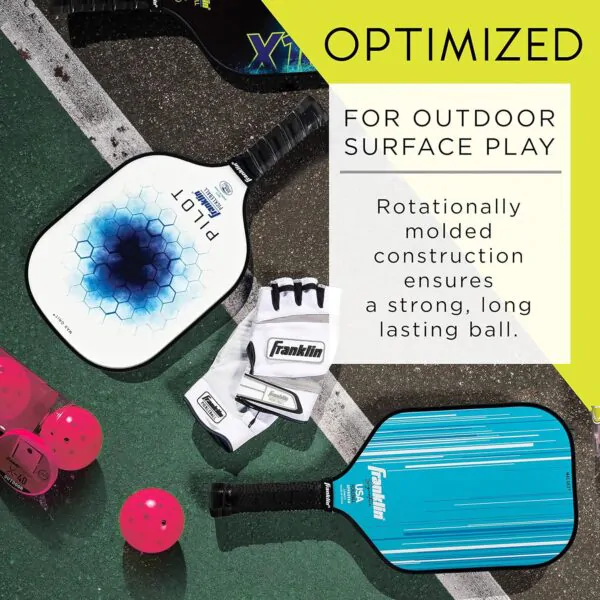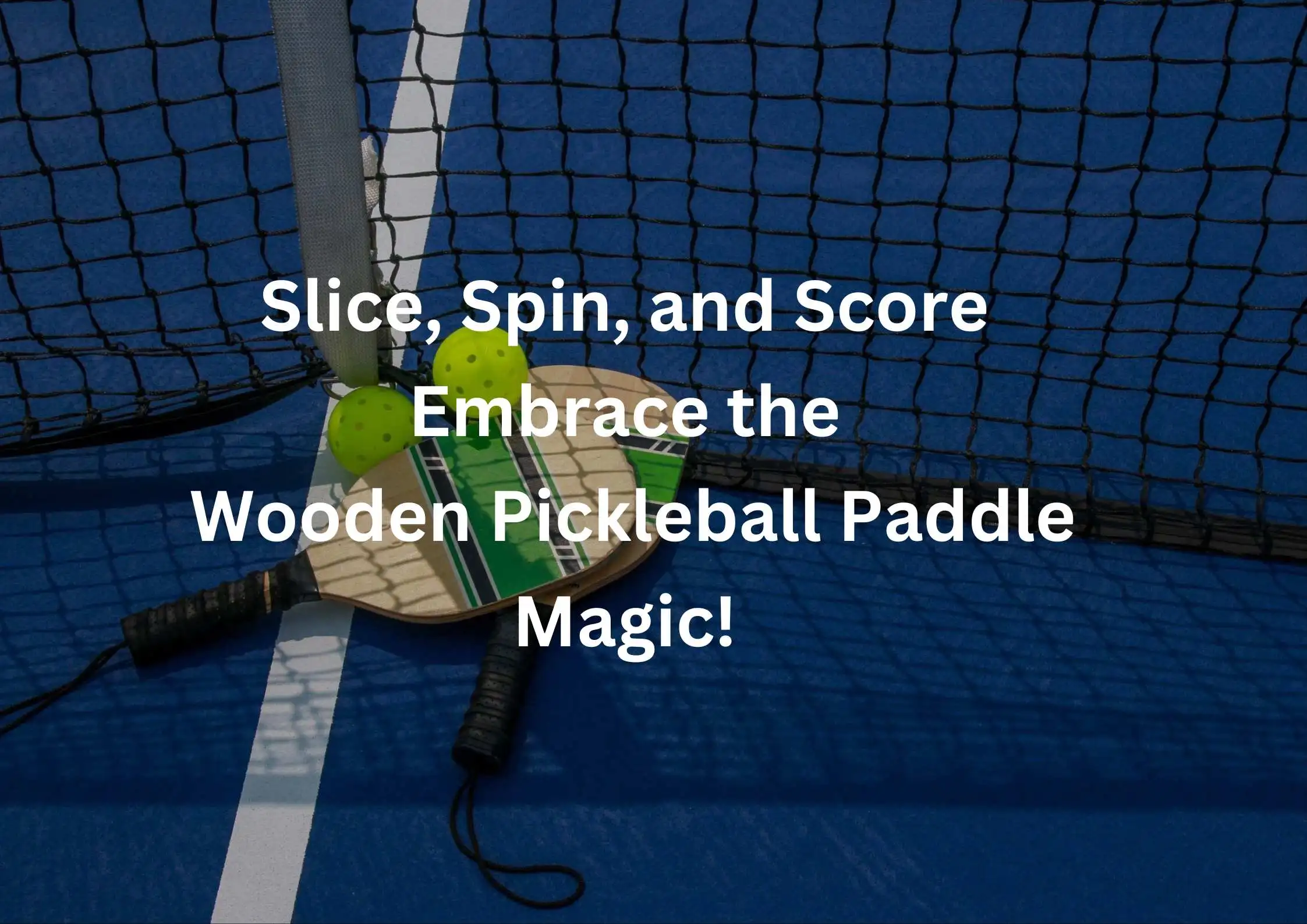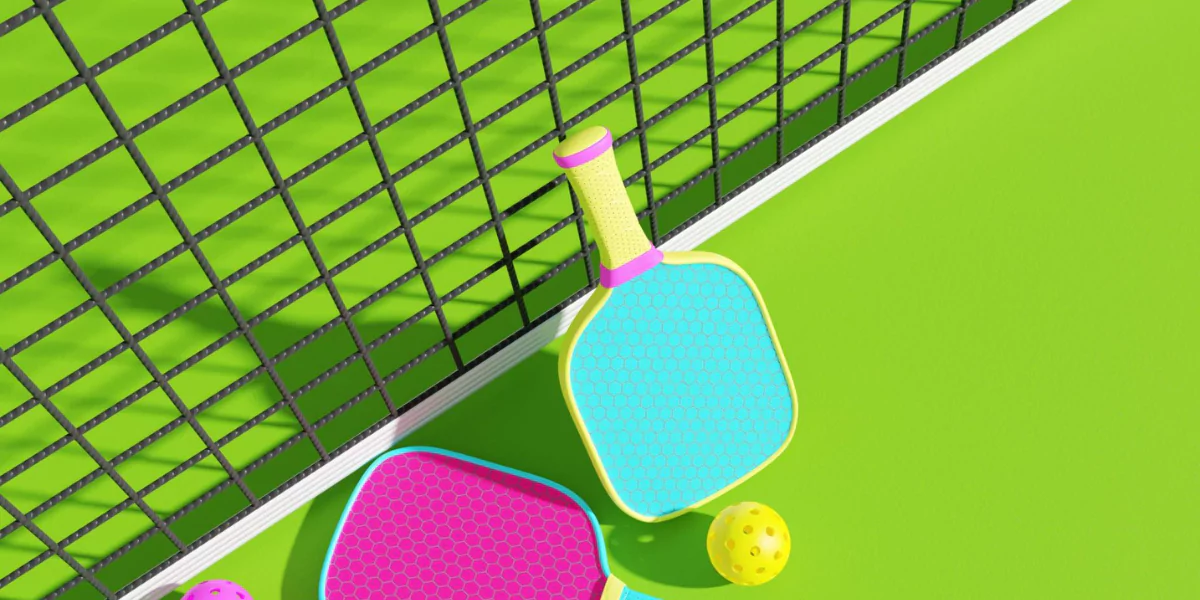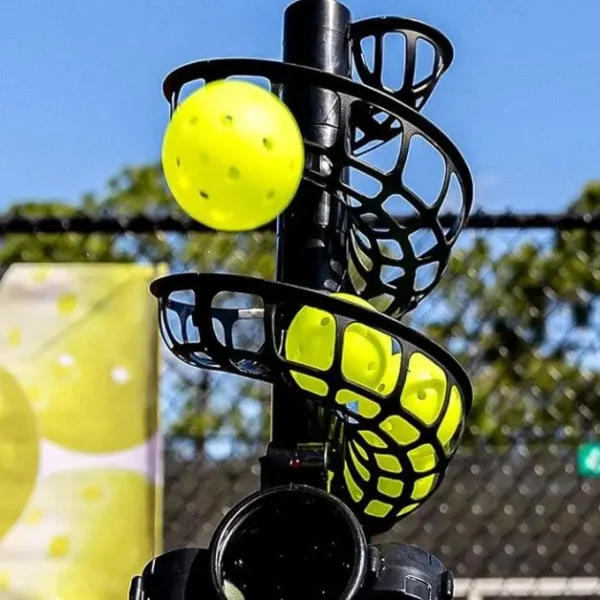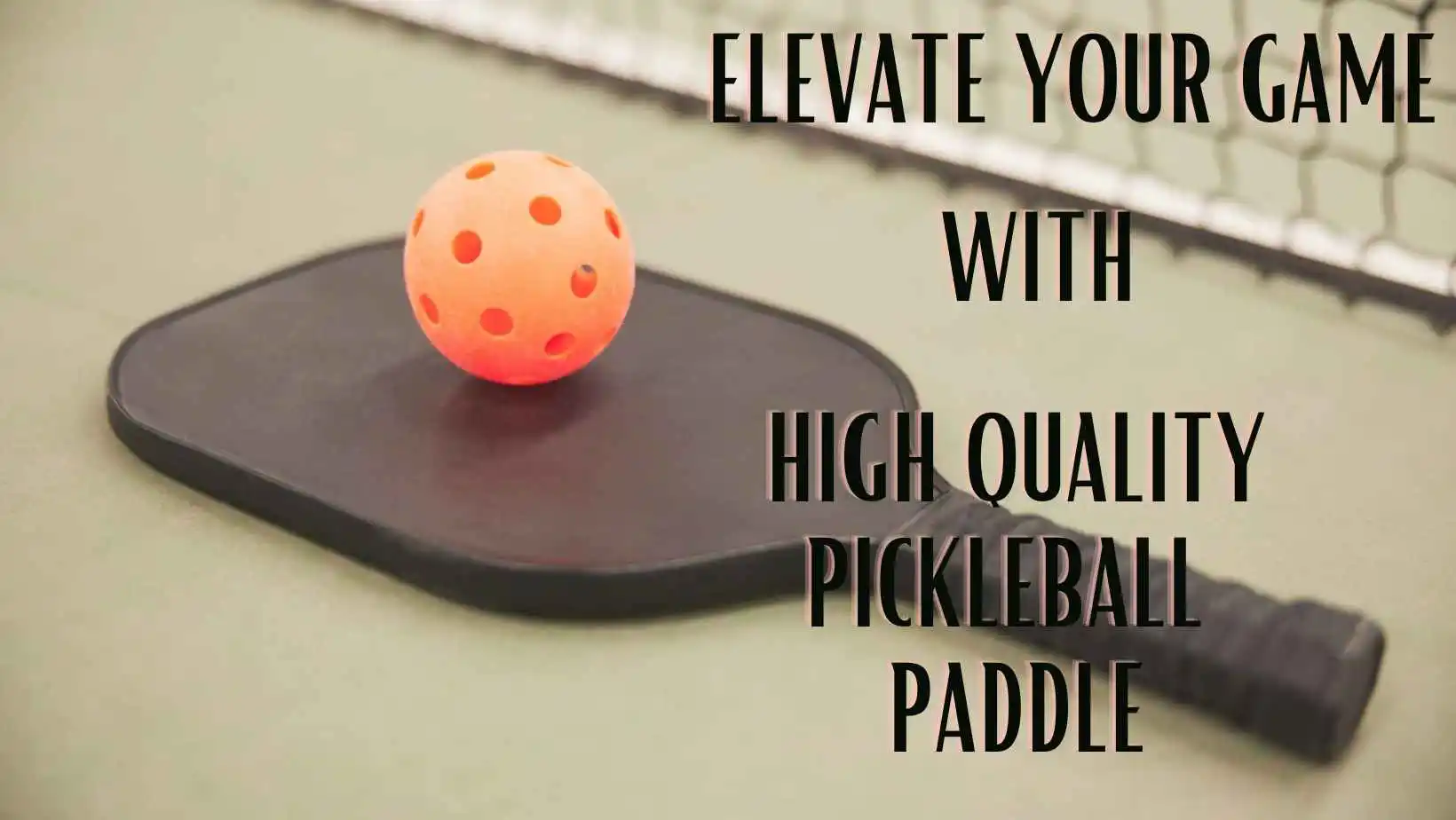In the world of sports, there’s a unique game called pickleball that has been gaining popularity. If you’ve ever wondered what pickleball is all about, this article is here to help! The Ultimate Guide to Pickleball: Mastering the Pickleball Ball dives into the heart of the game, focusing on the most essential element – the pickleball ball itself. So, get ready to learn all about this fascinating sport and how the right ball can make all the difference!
Understanding the Basics of Pickleball
What is Pickleball?
Pickleball is a fun and exciting racket sport that combines elements of tennis, badminton, and ping pong. It is played with a paddle and a special ball on a small court, making it easier for beginners to learn and enjoy. Pickleball can be played both indoors and outdoors, and it is suitable for people of all ages and skill levels. The game has gained popularity worldwide, and it offers a great way to stay active and have fun with friends and family.
Importance of the Pickleball Ball
The pickleball ball is a crucial element of the game. It affects the speed, spin, and bounce of the ball, which greatly impacts the gameplay. Understanding the different aspects of a pickleball ball is essential for players to choose the right ball for their needs and to enhance their overall performance on the court. The size, weight, number and size of holes, and material composition are all factors that contribute to the characteristics of a pickleball ball.
The Anatomy of a Pickleball Ball
Size and Weight
A standard pickleball ball has a diameter of 2.874 inches, which is slightly smaller than a tennis ball. The weight of a pickleball ball ranges from 0.78 to 0.935 ounces, making it lighter than a tennis ball. The smaller size and lighter weight of the pickleball ball allow for easier control and maneuverability during gameplay, especially for beginners and younger players.
Number and Size of Holes
Pickleball balls have holes on their surface, which contribute to the unique flight and bounce characteristics of the ball. A standard pickleball ball has 26 holes, arranged in a symmetrical pattern. The holes are evenly distributed on the ball to ensure consistent performance. The size of the holes varies, with smaller holes providing a slower and softer ball, while larger holes result in a faster and more responsive ball.
Material Composition
Pickleball balls are typically made of a high-quality plastic material called polymer. This material ensures durability and longevity, allowing players to enjoy countless hours of gameplay without worrying about the ball getting damaged.
Polymer balls provide a good balance of bounce and control, making them suitable for players of all skill levels. Some premium pickleball balls also feature a seamless design, which eliminates any imperfections on the surface and provides a smooth and consistent playing experience.
Types of Pickleball Balls
Outdoor Pickleball Balls
Outdoor pickleball balls are specifically designed to withstand the elements and perform well on outdoor courts. They are made of a more durable material to resist wear and tear from rough playing surfaces such as concrete or asphalt. The holes in outdoor balls tend to be smaller, which helps to reduce the impact of wind on the ball’s flight. Outdoor pickleball balls are usually brightly colored, making them easier to spot in various lighting conditions.
Indoor Pickleball Balls
Indoor pickleball balls are designed for playing on indoor courts, such as gymnasiums or sports complexes. They are made with a softer material and larger holes to provide a slower and more controlled gameplay experience. Indoor balls have a quieter sound when hitting the paddle, which is desirable in indoor environments where noise can be a concern. These balls are typically yellow in color for better visibility against the indoor court surface.
Differences between Outdoor and Indoor Balls
The main differences between outdoor and indoor pickleball balls lie in their durability, flight characteristics, and playing surface compatibility. Outdoor balls are more durable and can withstand the roughness of outdoor courts, while indoor balls are softer and slower. The size and number of holes may also differ between outdoor and indoor balls to adapt to different playing conditions. It is important to use the appropriate ball for each specific environment to ensure an enjoyable and fair game.
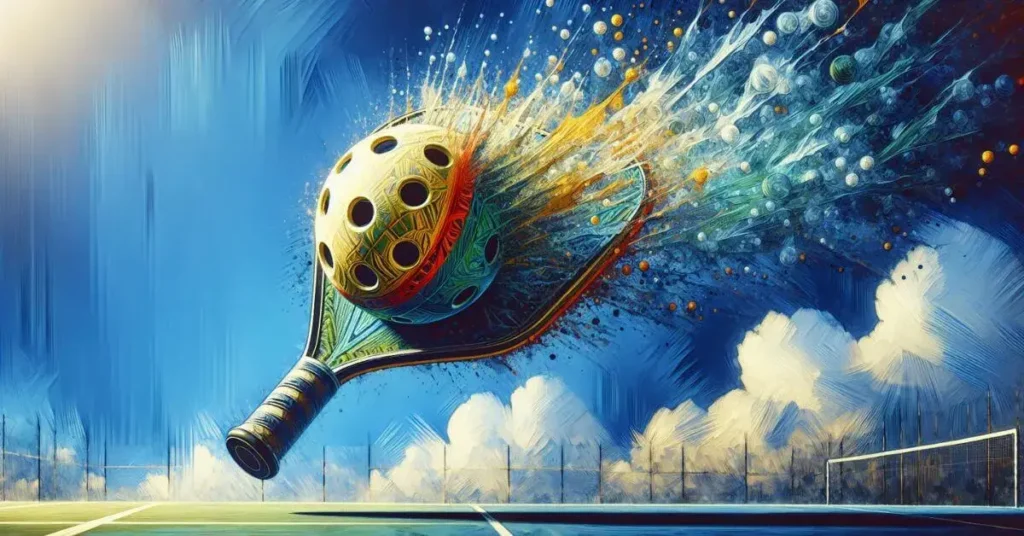
Official Pickleball Ball Standards
USAPA Ball Standards
The United States of America Pickleball Association (USAPA) has established standards for pickleball balls used in official tournaments and competitive play. According to the USAPA, the pickleball balls must have a diameter between 2.874 to 2.972 inches and a weight ranging from 0.78 to 0.935 ounces. The balls also need to pass specific bounce tests and meet color requirements for visibility. These stringent standards ensure fair and consistent gameplay across different tournaments and events.
IFP Ball Standards
The International Federation of Pickleball (IFP) also sets standards for pickleball balls used in international competitions and events. The IFP standards are similar to the USAPA standards, specifying the size, weight, bounce height, and visibility requirements for the balls. Adhering to these standards ensures that all players have a level playing field and promotes the integrity of the sport on a global scale.
Selecting the Right Pickleball Ball
Considering the Playing Surface
When selecting a pickleball ball, considering the playing surface is crucial. Outdoor balls are designed for rough outdoor courts, while indoor balls are better suited for smooth indoor surfaces. Using the appropriate ball for the specific playing surface ensures optimal performance and prevents unnecessary wear and tear on the ball.
Understanding Weather Conditions
Weather conditions, particularly wind, can significantly affect the flight and control of the pickleball ball. Outdoor balls with smaller holes are more resistant to wind, making them a better choice in windy conditions. Indoor balls, on the other hand, can provide better control in calm indoor environments. It is important to take weather conditions into account to choose the most suitable ball for optimal gameplay.
Your Style of Play
Your style of play also dictates the type of pickleball ball that will suit you best. If you prefer a slower, more controlled game, an indoor ball with larger holes may be the right choice. On the other hand, if you enjoy a faster-paced and more responsive game, an outdoor ball with smaller holes might be more suitable. Consider your playing style and preferences to select a ball that complements your gameplay.
Skill Level Considerations
Beginners and recreational players may benefit from using a softer and slower ball, as it allows for more control and forgiveness. More advanced players may prefer a faster and more responsive ball, which challenges their skills and provides a higher level of play. It is important to consider your skill level when choosing a pickleball ball to ensure it matches your abilities and helps you improve your gameplay.
Care and Maintenance of Pickleball Balls
Cleaning Your Pickleball Balls
To maintain the performance and longevity of your pickleball balls, it is important to clean them regularly. Simply wiping the balls with a damp cloth after each play session can remove dirt and dust that may affect their flight and bounce. Avoid using abrasive cleaners or scrubbing too hard, as this can damage the surface of the ball. Proper cleaning ensures that your balls remain in optimal condition for a longer period.
When to Replace Your Pickleball Balls
Pickleball balls will eventually wear out over time, affecting their performance on the court. Signs of wear may include cracks, dents, or the loss of bounce and control. Once your pickleball balls show significant signs of wear, it is time to replace them. Using worn-out balls can lead to an inconsistent and less enjoyable game. Regularly inspect your balls and replace them when necessary to maintain the quality of your pickleball experience.
Popular Pickleball Ball Brands
Onix
Onix is a well-known brand in the pickleball community, offering a wide range of pickleball balls suitable for different playing surfaces and skill levels. Their balls are known for their durability, performance, and adherence to official standards. Onix pickleball balls provide a consistent bounce and flight, allowing players to focus on their gameplay without any distractions.
Dura
Dura pickleball balls are highly regarded for their durability and long-lasting performance. These balls are often used in professional tournaments and are favored by competitive players. Dura balls are built to withstand intense gameplay and provide a reliable and consistent bounce. Their high-quality construction ensures that each ball maintains its performance and shape throughout many matches.
Jugs
Jugs is a trusted brand that offers pickleball balls designed for recreational and casual play. Their balls are known for their affordability and quality. Jugs pickleball balls provide a good balance of performance and durability, making them suitable for players at all skill levels. Whether you are enjoying a friendly game with friends or participating in a community tournament, Jugs offers a reliable option.
Wilson
Wilson is a reputable sporting goods brand that also produces pickleball balls. Wilson pickleball balls are known for their consistent flight and bounce characteristics. They are designed to meet official standards and provide a high level of performance. Wilson’s commitment to quality ensures that their balls deliver reliable gameplay experiences for players of all levels.
Franklin
Franklin is a brand that offers a range of pickleball balls suitable for recreational and competitive play. Their balls are known for their affordability and quality construction. Franklin pickleball balls provide consistent flight and bounce for enjoyable gameplay. Whether you are a beginner or an experienced player, Franklin offers options to meet your needs and enhance your playing experience.
Common Pickleball Ball Queries Answered
How long does a pickleball ball last?
The lifespan of a pickleball ball can vary depending on factors such as frequency of use and playing conditions. On average, a pickleball ball can last anywhere from a few months to a year. Regular inspection for signs of wear and tear, such as cracks or loss of performance, can indicate when it is time to replace your pickleball balls.
How to check if a pickleball ball is illegal?
To check if a pickleball ball is illegal, you can refer to the standards set by governing bodies such as the USAPA or the IFP. Measure the diameter and weight of the ball using a calibrated measuring device to ensure it falls within the permitted range. Additionally, inspect the ball for any irregularities or modifications that may violate the rules. Adhering to the official standards ensures fair play and maintains the integrity of the game.
Can you use tennis balls for pickleball?
While tennis balls may seem similar to pickleball balls, they are not suitable substitutes. Pickleball balls are specifically designed to provide the desired gameplay characteristics for the sport, such as the right speed, bounce, and control. Tennis balls have a larger size and weight, which can significantly impact gameplay and may not comply with official pickleball standards. It is recommended to use proper pickleball balls for an authentic and enjoyable playing experience.
Avoiding Common Pickleball Ball Mistakes
Choosing the Wrong Ball for the Playing Surface
One common mistake is using the wrong pickleball ball for the playing surface. Outdoor balls are designed for rough outdoor courts, while indoor balls are suited for smooth indoor surfaces. Using the wrong ball can affect the bounce, control, and overall gameplay experience. Make sure to choose the appropriate ball that matches the playing surface to ensure optimal performance and avoid unnecessary frustration.
Using Worn Out Balls
Playing with worn-out pickleball balls can lead to inconsistent flight, bounce, and control. As balls wear out over time, they lose their performance characteristics, making gameplay less enjoyable. Regularly inspect your balls and replace them when you notice significant signs of wear such as cracks or loss of bounce. Using fresh balls helps maintain a fair and consistent game for all players.
Ignoring the Importance of the Ball in the Game
Some players may overlook the importance of the pickleball ball in their overall performance. The ball greatly impacts the speed, spin, and control of the game, and using the right ball can enhance a player’s skills and enjoyment. Understanding the different characteristics of pickleball balls and selecting the appropriate ball for your playing style and skill level can make a significant difference in your gameplay experience.
Taking Your Game to The Next Level with the Right Pickleball Ball
Using the Right Ball to Improve Your Game
Using the right pickleball ball can help improve your game by offering the desired speed, spin, and control. The characteristics of the ball can influence your shots, strategies, and overall performance on the court. Experimenting with different types of balls and finding the one that suits your playing style can give you a competitive edge and maximize your potential as a pickleball player.
Practicing with Different Types of Balls
To develop versatility and adaptability in your gameplay, it is beneficial to practice with different types of pickleball balls. By practicing with both outdoor and indoor balls, you can become comfortable and proficient in various playing conditions. This enables you to adjust your techniques and strategies more effectively during actual gameplay. Practicing with different balls also allows you to better understand their characteristics and how they affect your performance.
In conclusion, understanding the basics of pickleball balls is essential for players of all skill levels. The size, weight, number and size of holes, material composition, and type of pickleball ball all contribute to its flight, bounce, and overall performance.
By selecting the appropriate ball based on factors such as the playing surface, weather conditions, playing style, and skill level, players can enhance their gameplay and enjoy a more rewarding pickleball experience.
Regular care and maintenance, such as proper cleaning and timely replacement, ensure the longevity and performance of pickleball balls. By choosing the right pickleball ball and practicing with different types, players can elevate their game to the next level and fully immerse themselves in the exciting world of pickleball.
